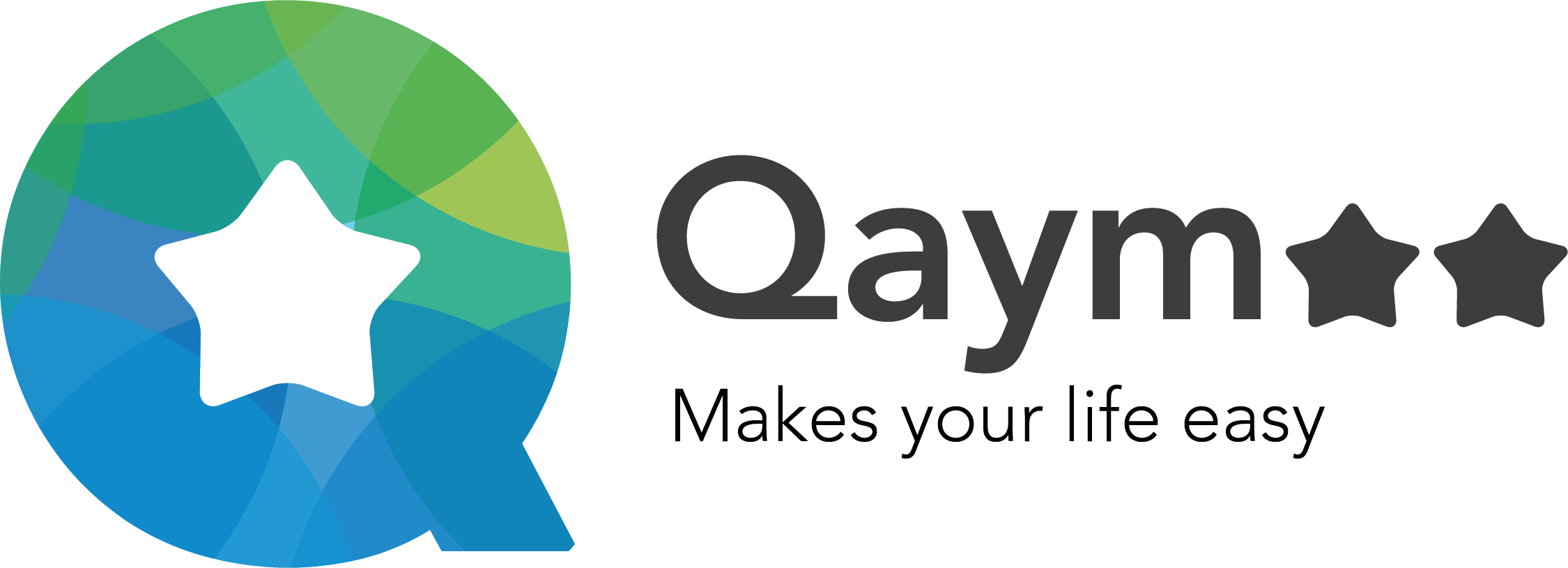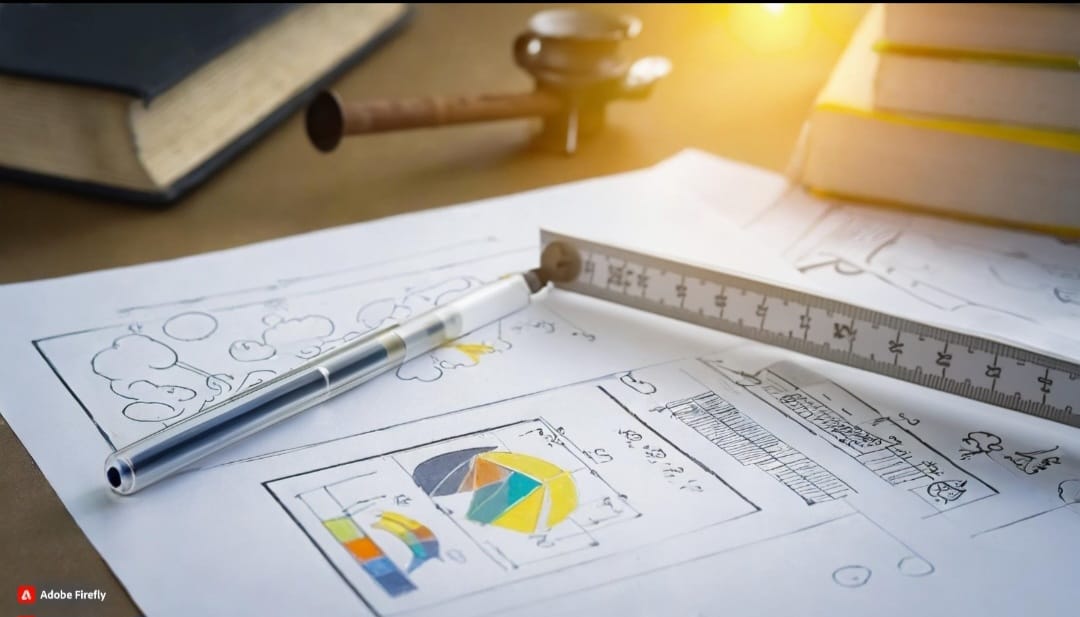All curriculums share one goal: to help students learn. No matter what country or district your school is in, student outcomes start with a solid plan.
But a curriculum does much, much more than guide lessons in math, reading and history. It can benefit schools just as much as students, from teachers to administration. And it can help schools connect with parents and the community around them.
Not just any curriculum, though. A good curriculum.
So what does a good curriculum look like, and how can you make sure you’re putting the best plans in place for your students and your school? Before we show you what a good curriculum map looks like, let’s dive into the 7 reasons why your curriculum matters.
What can a good curriculum do?
1. It both creates and reflects culture and identity.
On a broad level, a curriculum reflects the national culture in which a school operates – different countries have different expectations of their students, even if teaching practices are similar. But it can also reflect and define the culture at the school level as well, from the specific needs of the neighborhoods they serve to the topics where you want to differentiate yourself.
2. It keeps up with a changing world.
A good curriculum is never a one-and-done initiative. Revisiting it regularly allows you to not only review how things are going, but also make room for new topics that are relevant today. In fact, the World Economic Forum touts curriculum as a key player in helping educators keep up with the speed of changing trends, technology and skills students will need in the future.
3. It makes learning (and teaching) consistent.
Internal consistency happens when students inside your school can expect to walk away with the same set of skills, whether their teacher is a veteran in the profession or learning the ropes. Consistency should also stretch across a district, state or province, or country as well – a student in fifth grade should expect to graduate with the same foundational knowledge and skills, no matter where they learn.
4. It opens the doors for collaboration.
Having regular discussions about curriculum creates opportunities to get all stakeholders involved: teachers, administration, parents and communities. Getting input from everyone will help identify where you’re strong and what gaps you need to address. It also gives teachers a platform over which they can share best practices, knowledge and resources with each other.
5. It saves schools money.
Textbooks aren’t cheap, but they’re commonplace because they’re convenient – they provide a pre-built progression of knowledge that’s hard to ignore for busy teachers. With a strong curriculum in place, schools can break away from an over-reliance on textbooks and take a more active and dynamic role in choosing better (and cheaper) texts.
6. It helps teachers align.
A good curriculum also connects teachers from across grade levels and subject areas to look at the big picture of student learning. Teachers can work together to plan a progression of topics that build off of ones that came before and connect across disciplines. The result? You reinforce knowledge over time and make sure that students are prepared for what’s coming next.
7. It provides measurable targets.
Data matters. If you aren’t setting specific goals around how your students are learning, how will you determine whether your curriculum is successful? That’s why a good curriculum sets measurable outcomes and tracks progress throughout the year. Teachers get a better view of what’s happening in the classrooms, students know where they stand and parents are kept up-to-date.
How to make a good curriculum map
Ready to turn your curriculum into a good one? We recommend starting by mapping out your curriculum with – you guessed it – a curriculum map. Basically, it’s a documented overview that captures the scope of each class and how teachers will approach each topic.
It’s a great way to nail down and balance things like:
- Standards on a government level
- The sequence of standards taught in class
- Skills students should be able to do
- Content that students will encounter
- Assessments that will gauge learning
- Timelines for lessons and units within each class
Because a curriculum map is essentially a plan for learning, it helps to approach it like a plan, too. We walk through a detailed process for creating one in our complete guide to curriculum mapping, but in a nutshell, you’ll want to start at the end and work backward:
- Identify your desired results, from knowledge and skill development to student performance goals.
- Then think about how you’ll measure those results, including the assessments you’ll use to assess student understanding
- Use those learning goals to plan instruction
That map will become the north star that guides more detailed lesson planning down the road, so it’s important to get faculty input and buy-in on the direction, too.
Source: Chalk.com Education Inc









